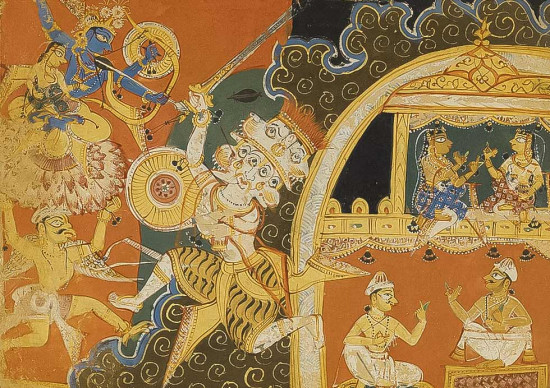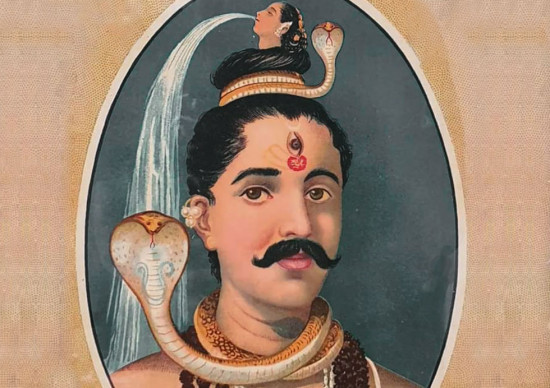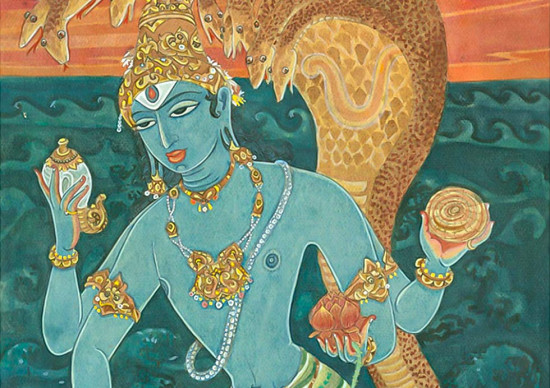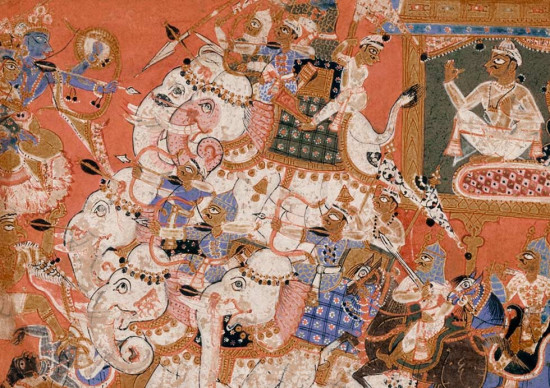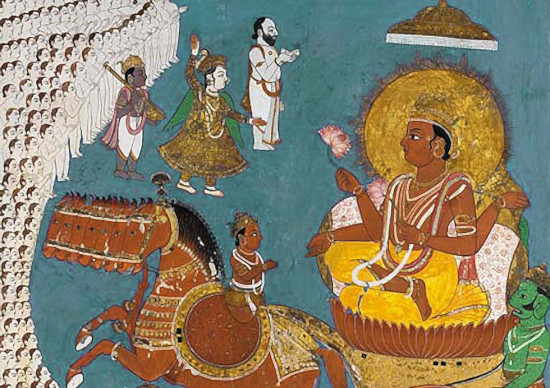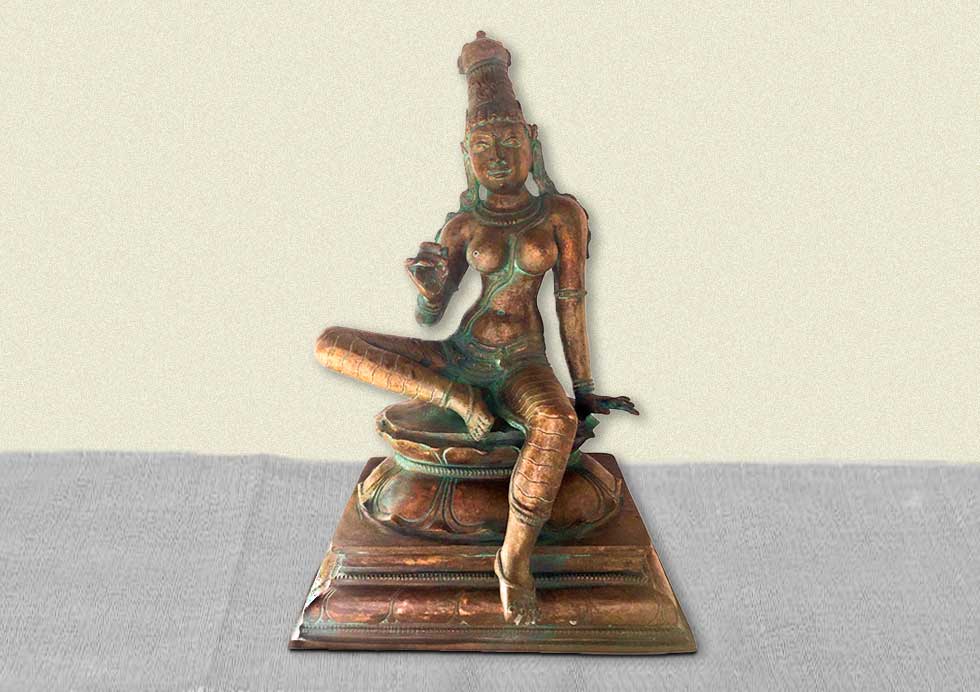
Bhoga Shakti in Hindu Cosmology
.jpg)
Mythological Narratives
The Divine Union of Shiva and Parvati
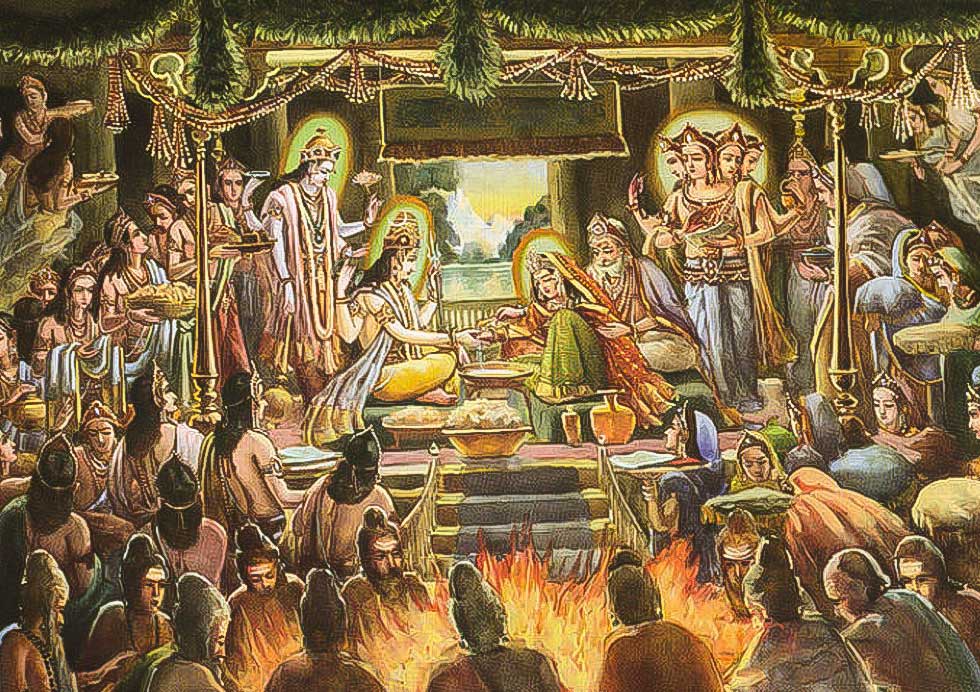
The divine marriage of Shiva and Parvati represents the integration of spirituality with worldly existence. As Bhoga Shakti, Parvati complements Shiva’s ascetic nature, contributing to the cosmic order by facilitating the experience of worldly pleasures within the divine framework.
Motherhood and Nurturing Aspect
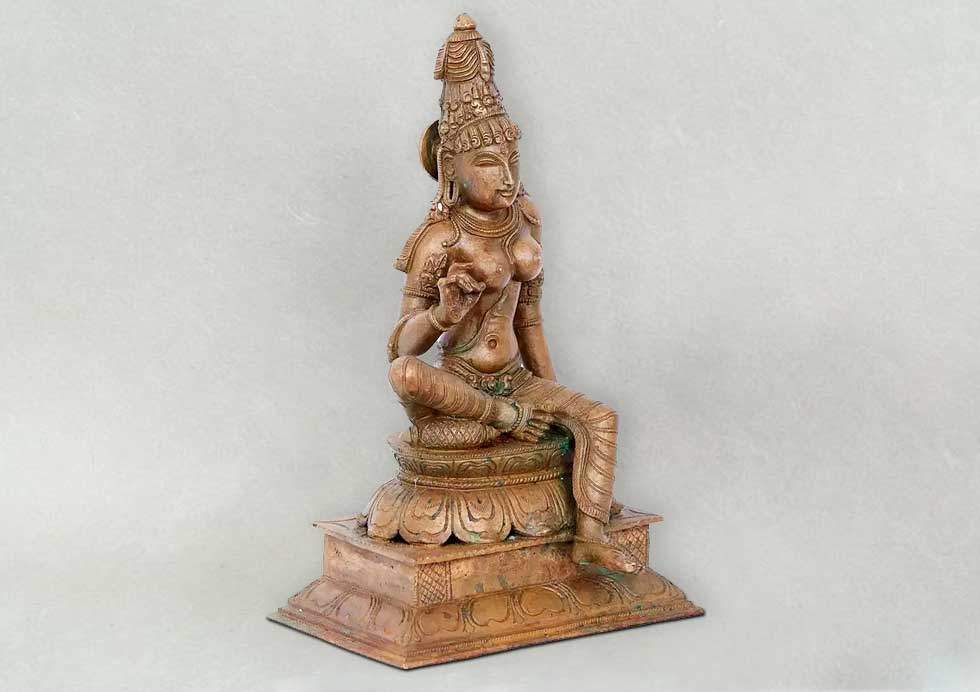
Iconography of Devi Bhoga Shakti
In terms of posture and gestures, Devi Bhoga Shakti emanates grace and dynamism, whether depicted in a seated or standing position. Her hands, adorned with symbolic mudras like the Abhaya Mudra (gesture of fearlessness) and Varada Mudra (gesture of granting boons), underscore her protective and benevolent nature.
Similar to numerous Hindu deities, Devi Bhoga Shakti is often represented with multiple arms, ranging from four to an elaborate myriad. Each arm holds various symbolic objects, emphasizing her multitasking abilities and diverse powers devoted to the well-being of her devotees.
The goddess carries specific attributes and weapons that embody her diverse powers, such as the conch shell (shankha) representing divine sound, the discus (chakra) symbolizing the cosmic cycle, and a mace (gada) signifying strength. Her divine ornaments, including necklaces, bracelets, earrings, and a crown adorned with jewels, along with elegant attire like a flowing saree, accentuate her regal and celestial nature.
Devi Bhoga Shakti may be depicted riding a symbolic animal mount or vahana, aligning with her attributes. Common choices include a lion, symbolizing strength and courage, or a tiger, representing power and agility. The inclusion of a third eye on her forehead serves as a symbol of heightened perception and divine insight, allowing Devi Bhoga Shakti to transcend the physical realm and perceive spiritual dimensions.
Her facial expressions skillfully convey a blend of compassion, determination, and grace, with eyes that exude kindness, underscoring her role as a compassionate yet powerful deity. Seated on a lotus flower, Devi Bhoga Shakti’s chosen lotus seat symbolizes purity, beauty, and spiritual transcendence, reinforcing her divine and elevated status.
It’s important to note that the specific details of Devi Bhoga Shakti’s iconography may vary across different regional traditions and artistic interpretations, contributing to the richness and diversity of her representations in Hindu art and mythology.
Devi Parvati's Various Forms:
Annapurna:Goddess of Nourishment
Another form of Devi Parvati closely related to Bhoga Shakti is Annapurna, the goddess of nourishment. Annapurna is depicted holding a vessel of rice, symbolizing the abundance of food and sustenance. The interconnection between Bhoga Shakti and Annapurna emphasizes the divine provision for both material and spiritual needs.
Gauri: Radiant and Fair
Devi Parvati’s manifestation as Gauri represents her radiant and fair aspect. Gauri symbolizes purity and auspiciousness, adding a dimension to Bhoga Shakti that aligns with the pursuit of beauty and harmony in life.
Rituals and Festivals:
The worship of Devi Parvati as Bhoga Shakti is observed in various rituals and festivals, where devotees seek her blessings for prosperity and abundance. Navaratri, a festival dedicated to the Divine Mother, often includes specific observances and prayers invoking the blessings of Bhoga Shakti.

